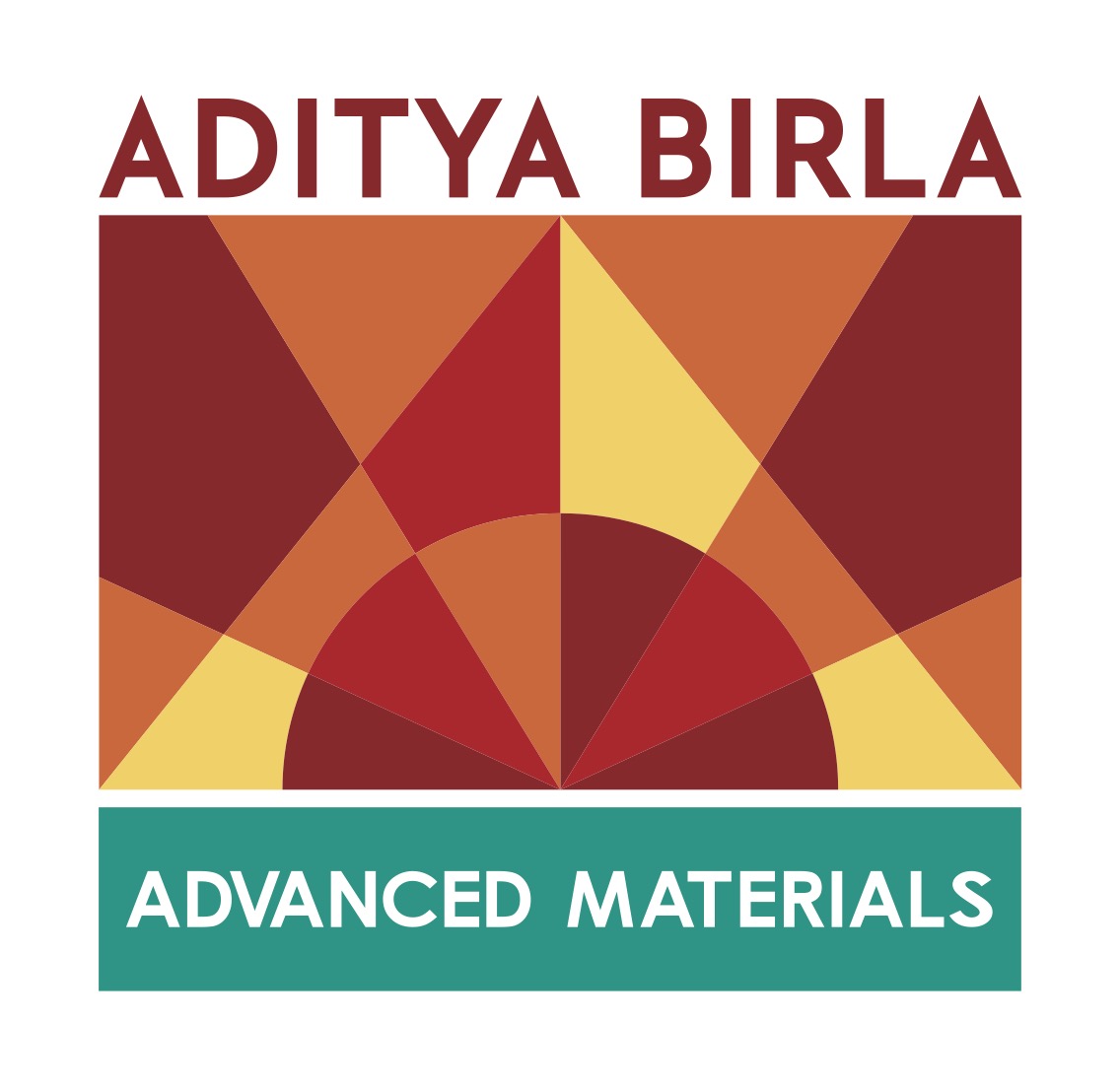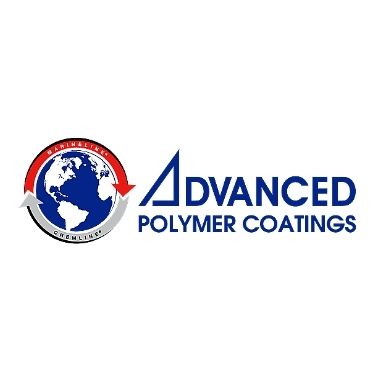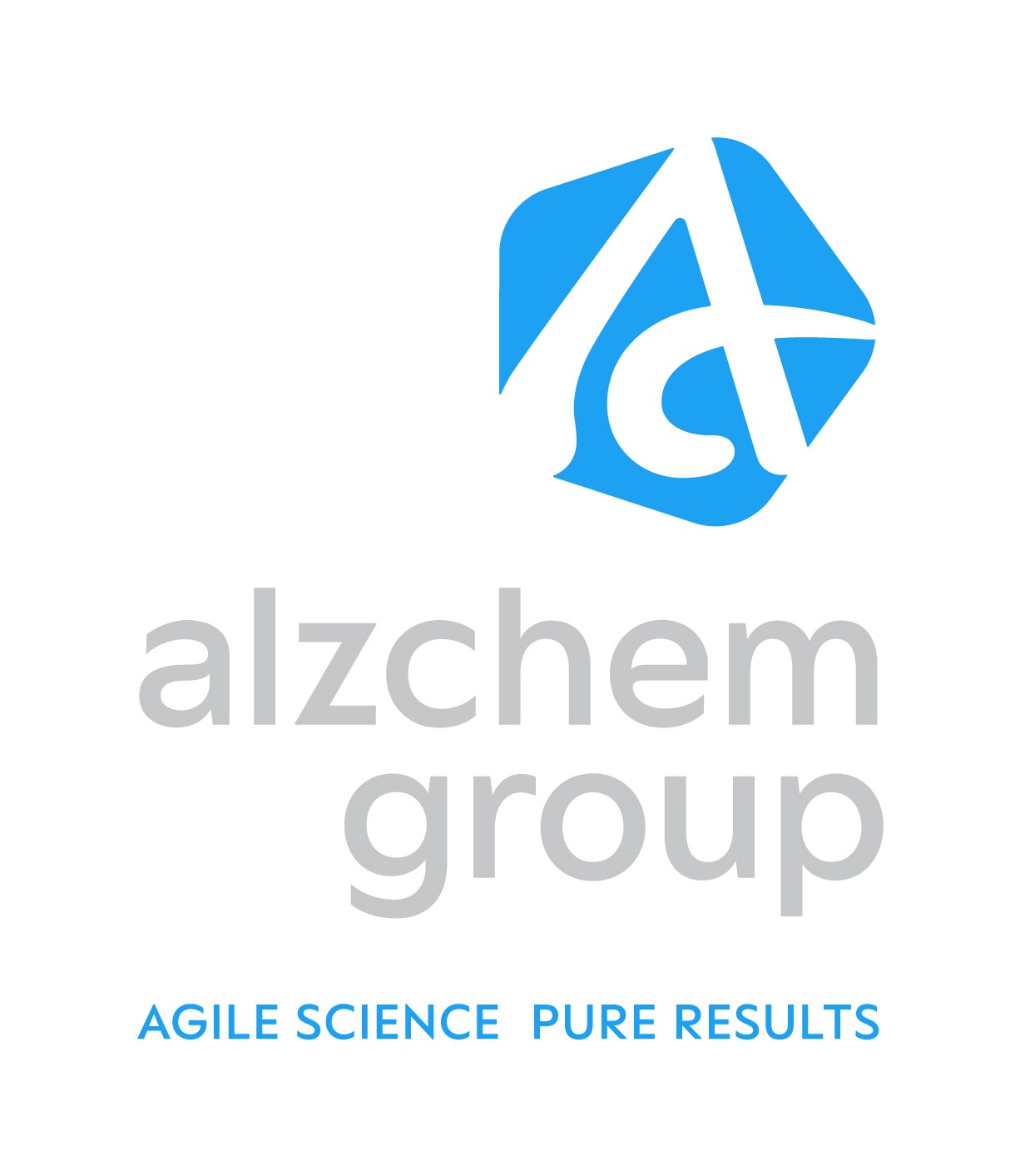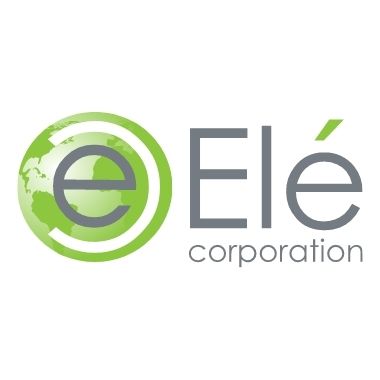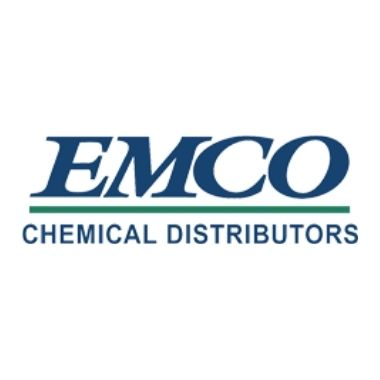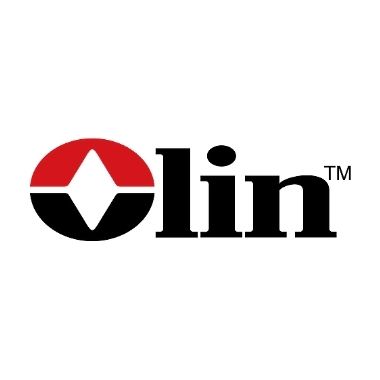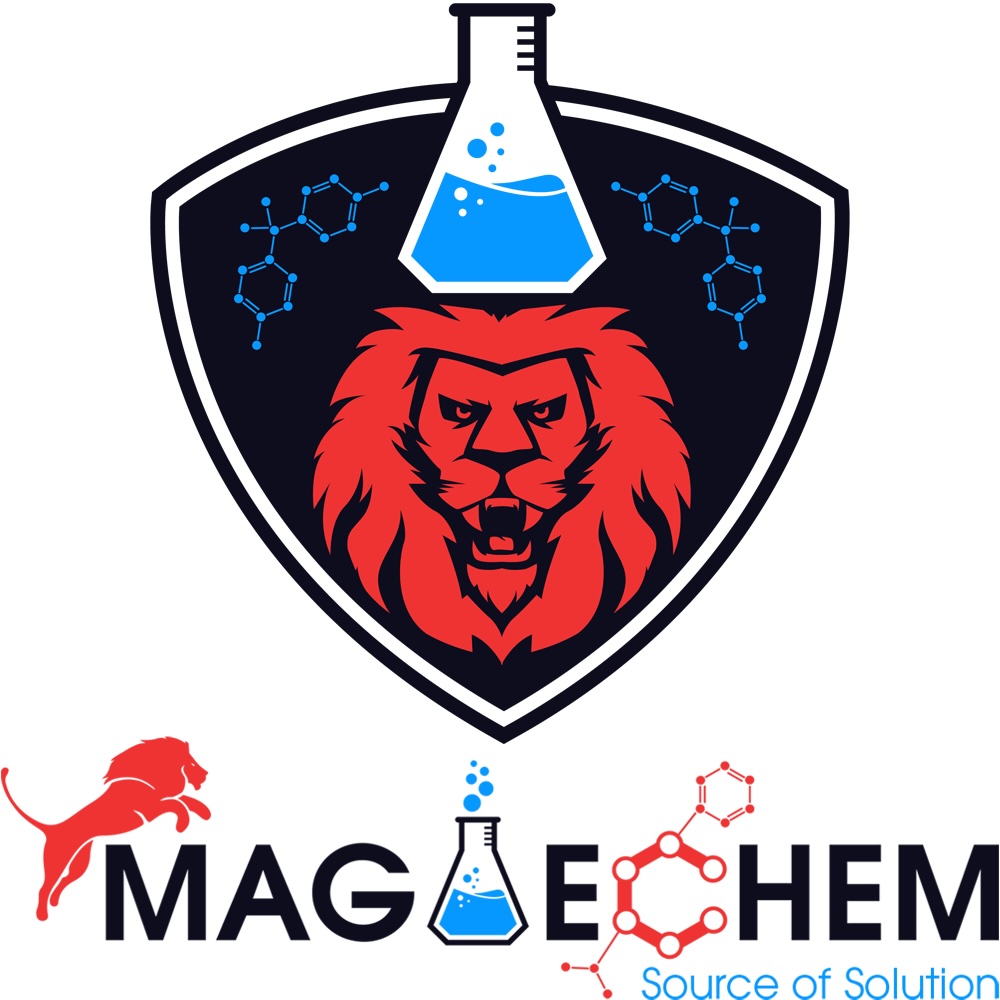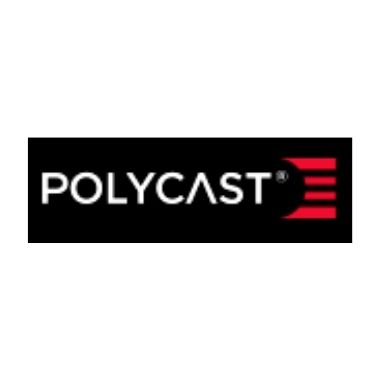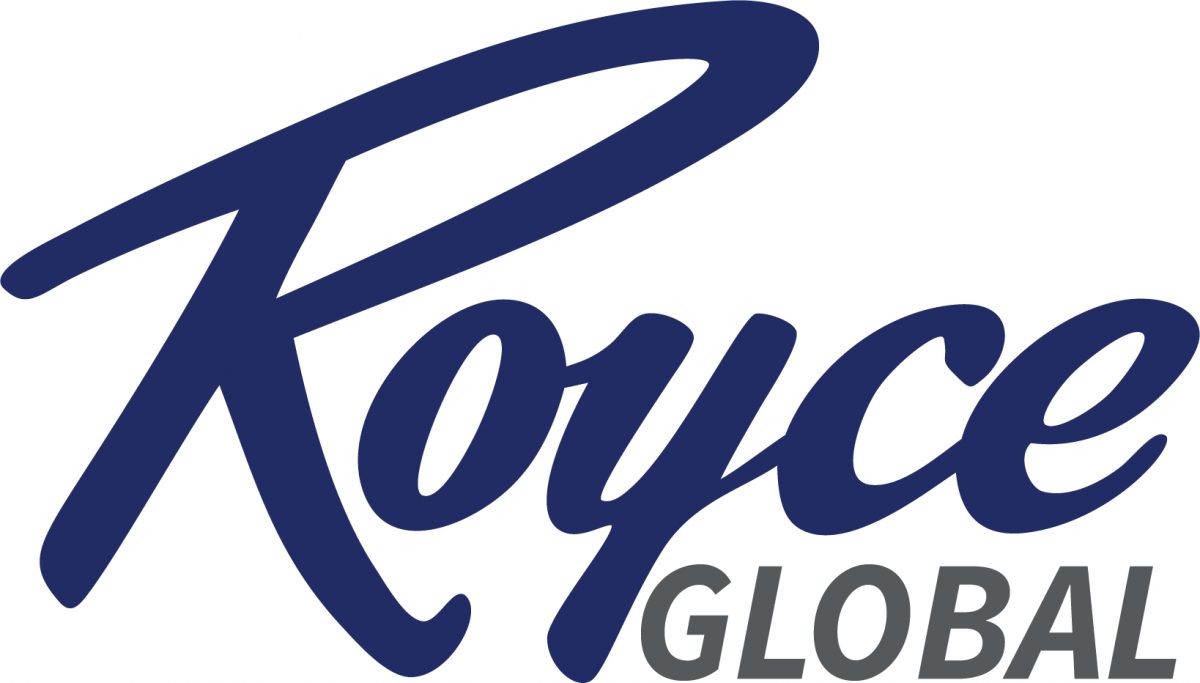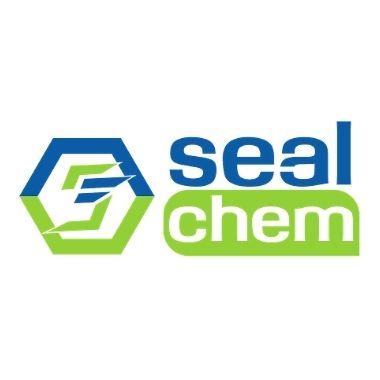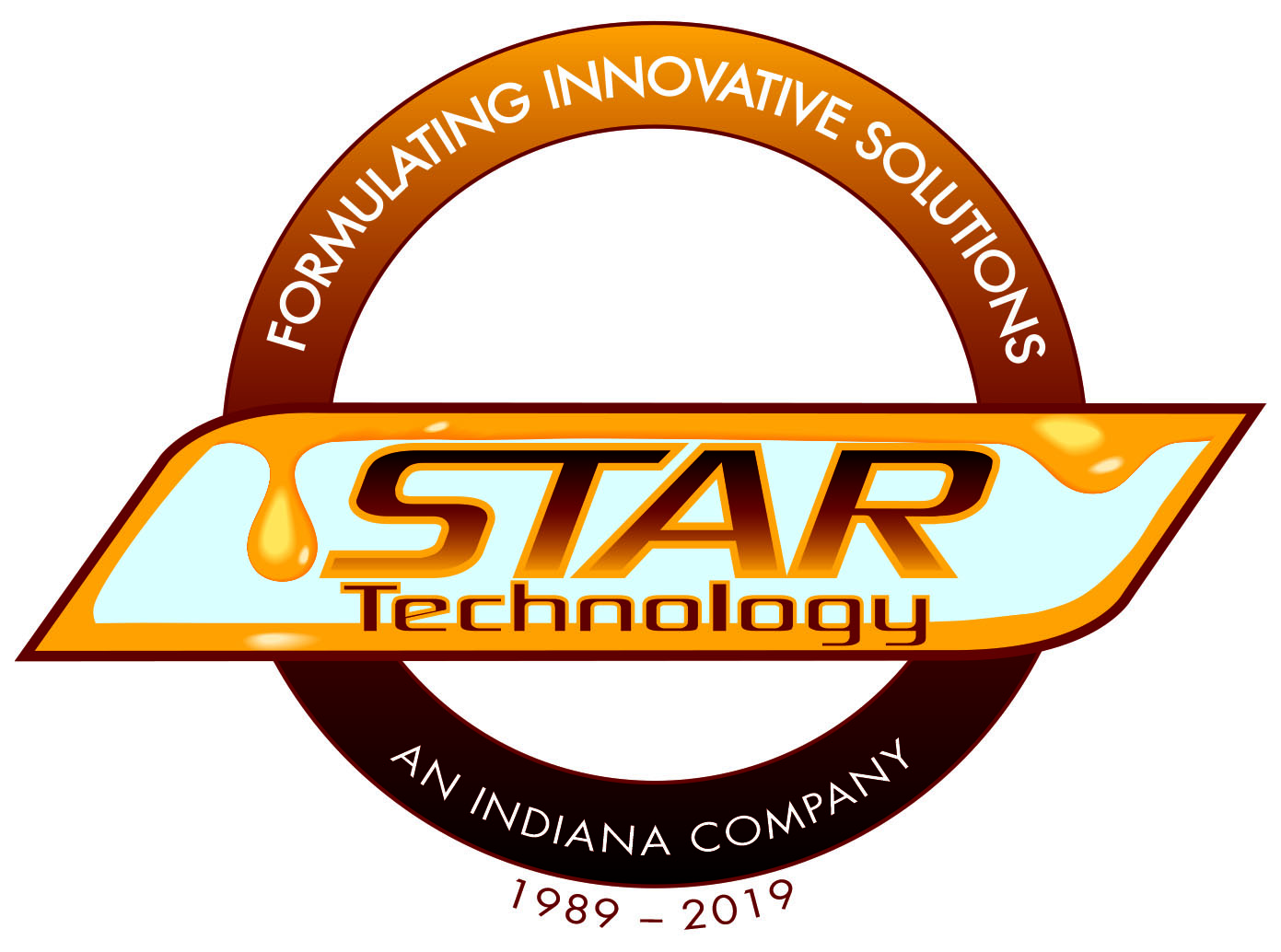2011 Annual Meeting Technical Papers
Note: Technical papers are listed in alphabetical order by company.
EFFECT OF CURE TEMPERATURE ON THERMAL AND MECHANICAL PROPERTIES OF BIS (P-AMINOCYCLOHEXYL) METHANE - PACM CURED EPOXY FOR STRUCTURAL COMPOSITES
Pritesh Patel, Air Products & Chemicals
(Adhesives & Sealants Committee)
A commercially available epoxy prepolymer (EEW 180) was cured with cycloaliphatic amine [bis (p-aminocyclohexyl) methane-PACM] under two cure conditions. The low and high initial cure temperature was followed by a high-temperature cure. The thermal behavior of the formulated mixtures was investigated using differential scanning calorimetric (DSC). The difference in the glass transition temperature (Tg) from the two cure schedules and their effect on mechanical properties are discussed. A modest difference in the strength and stiffness was observed with both cure conditions, however, the impact and fatigue properties were affected to the greatest extent. It is hypothesized that this is due to the different crosslinking networks of the two cure schedules. The key composite mechanical properties are discussed for both amines. An important outcome from this study indicates that the initial and post-cure temperature affect the final mechanical properties of the bulk system; this is due to the difference in the nature of early network formation and the final network structure with two cure conditions. Depending on the processing condition and application, fabricators have the leverage to adjust the cure schedule while maintaining the thermal and mechanical performance for high-end structural composites products fabricated using filament winding, resin infusion, and VARTM.
BAKED MELAMINE COATINGS BASED ON A RENEWABLE POLYHYDROXYTHIOL
Thomas A. Upshaw, Chevron Phillips Chemical Co. LP
(Coatings, Civil Engineering, Flooring Committee)
The reaction of a polythiol with a melamine-formaldehyde resin leads to amino-thioformal linkages. The use of a soy polyhydroxythiol such as Polymercaptan 407 (mercaptanized ESO) in the formulation was expected to provide additional hydrophobicity due to its vegetable triglyceride and sulfur content. Baked aminoplast-cured (melamine, urea, benzoguanamine, and glycouril) coatings were prepared based on Polymercaptan 407. An initial ladder study and a simple factorial experimental design set were used to examine the effect of catalyst level, resin/crosslinker ratio, cure temperature, and cure time. Cure development was measured by solvent resistance and pendulum hardness. In addition, a number of typical coating properties tests were conducted on the panels. Effective cure conditions were developed. PM407 cured well under conditions similar to those of a commercial polyester polyol resin but did require longer cure times to achieve full hardness development. PM407 gave softer coatings than commercial polyester and acrylic polyol benchmark resins but could be blended with the polyester to achieve an intermediate level of hardness. The PM407-based coating gave far superior acid resistance compared to those based on commercial acrylic polyols. A biodegradable solvent and a blocked catalyst were also examined and shown to be effective.
SUBTLE EPOXY RESIN DETAILS IN TROUBLESHOOTING HIGH-PERFORMANCE EPOXY SYSTEMS
Michael Watkins, Cypress Chemical Consulting, Inc.
(Coatings, Civil Engineering, Flooring Committee)
Epoxy formulators understand very well factors like raw material selection (resins, modifiers, curatives, pigments, etc.), stoichiometry, mix ratios, etc. However, experience has shown that many details about epoxy resins are generally not well understood, even by the best epoxy coating formulators. These details include things like non-epoxy end groups, cyclic structures, and multifunctional structures. Although these may seem subtle, these details can cause performance failures or other problems in high-performance coatings. If these details are not understood, then a performance problem may be misdiagnosed, and it will not be properly solved. This presentation will discuss several of these issues, using real-world examples of performance failures. This presentation should raise awareness, and permit the formulators to deal more effectively with the associated problems when they arise.
CHEMISTRY AND PERFORMANCE OF EPOXY MODIFIERS - A REVIEW
Michael Watkins, Cypress Chemical Consulting
(Adhesives and Sealants Committee)
Epoxy modifiers are most often used to reduce system viscosity. These are often termed "diluents". However, modifiers which improve system characteristics such as chemical resistance, flexibility, and/or cure speed are also important. This review paper focuses on non-reactive diluents, monofunctional aliphatic glycidyl ethers and esters, monofunctional aromatic glycidyl ethers, multifunctional glydicyl ethers, and esters, and acrylates. Each modifier will be briefly identified along with how it is used and what it contributes to a high-performance coating.
ADVANCED EPOXY RESINS WITH ENHANCED TOUGHNESS FOR DEMANDING APPLICATIONS
Rui Xiue, The Dow Chemical Company
(Coatings, Civil Engineering, Flooring Committee)
Epoxy thermosets have been widely used in many demanding applications due to their superior mechanical, thermal, and viscoelastic properties. Examples are wind turbine blades, electrical laminates, advanced composites, structural adhesives, and coatings. In addition to their outstanding thermo-mechanical properties, these applications require epoxy resins with enhanced toughness. Common epoxy thermosets usually demonstrate inherent brittleness due to their extensive cross-linked structure and glassy state under ambient conditions. This situation worsens in high Tg epoxy systems. As a result, a variety of toughening technologies have been developed over the years in order to enhance the ductility of epoxy thermosets.
This paper discusses technical advances made with the development of FORTEGRATM toughened epoxy resins from The Dow Chemical Company. A range of toughened epoxy technologies, such as novel amphiphilic block copolymers, CTBN epoxy adducts, and core-shell rubber dispersions are discussed showing their effectiveness in epoxy systems designed for various applications. It was found that novel toughening technologies can significantly improve fracture toughness, fatigue resistance, and peel strength with little to no impact on thermo-mechanical properties.
MOLECULAR WEIGHT DISTRIBUTION OF EPOXIDE-AMINE-ADDUCTS AND METHODS FOR DETERMINING THEM
Dr. Martina Ortelt, Evonik Degussa GmbH
(Composites and Tooling Committee)
Epoxide-amine adducts are components of a number of amine epoxy hardeners for high-quality industrial applications. In connection with chemical legislation issues, among other things, the question often arises as to the molecular weight distribution pattern of epoxide-amine adducts and what methods can be used to determine them optimally. Various epoxide-amine adducts based on isophorone diamine (IPD) and trimethyl hexamethylene diamine (TMD) and an epoxy resin based on bisphenol A were therefore produced, and their molecular weight distributions determined using a variety of methods, including gel permeation chromatography (GPC), ESI-MS, MALDI-MS, and HPLC-MS.
APPLICATION OF MODIFIED POLYETHERAMINES AS EPOXY HARDENERS
Howard Klein and Bruce Burton, Huntsman Performance Products
(Coatings, Civil Engineering, Flooring Committee)
Polyetheramine (PEA) products have found broad usage as components of epoxy hardeners for many years. They primarily offer good flexibility, low color, and moderate cure speeds to the epoxy systems. This paper will present several new, modified PEA molecules, which have rigid segments, in addition to the usual flexible segments. These new materials provide significant improvements in glass transition temperatures, cure speeds, and faster overall development of good physical properties in such epoxy formulations useful for composites, adhesives, and civil engineering applications.
ENERGY STORAGE FOR SMART GRID AND OTHER APPLICATIONS USING COMPOSITE FLYWHEELS
Robert Kultzow, Huntsman Advanced Materials
(Potting, Encapsulation, Electrical Committee)
A number of technologies are currently available for the storage of energy. Among these are thermal storage, electrical storage (such as large capacitor banks, stacks of lithium-ion batteries, and supercapacitors), and potential storage (such as hydro dams and flywheels). Flywheels are the method of choice for storing energy in a number of prominent applications. These applications are discussed in this paper along with basic fabrication techniques utilizing composite construction with thermoset resin systems. The paper concludes that the experience with flywheel construction, using filament winding, laminating, or resin infusion processes, requires the right combination of materials to produce rotors with the highest strength, integrity, and reliability.
MECHANICAL PROPERTIES OF THE ADHESIVE MATRIX AND THEIR INFLUENCE ON ADHESIVE PERFORMANCE
J.P. Huang, LORD Corporation
(Adhesives and Sealants Committee)
Structural adhesives are mostly comprised of thermoset polymers. Two-component urethane, epoxy, and acrylic adhesives undergo a chemical reaction/polymerization during the curing process. This results in the formation of a 3-dimensional polymer network. By carefully designing this polymer network, in addition to considering the cure kinetics and thermal history, desirable adhesive properties can be achieved for specific applications.
Two determining factors of the adhesive system's performance are the adhesive-to-substrate adhesion (interfacial properties) and the mechanical properties of the cured adhesive matrix (bulk properties). This presentation will focus on examining adhesive bulk properties, and it will discuss the relationship between the adhesive's composition, bulk properties, and performance. Two frequently used analytical methods, dynamic mechanical analysis, and tensile testing will also be described.
EPOXIDIZED GLYCIDYL ESTER OF SOYBEAN OIL AS REACTIVE DILUENT FOR EPOXY RESIN
Rongpeng Wang, Missouri University of Science and Technology
2nd Annual Excellence in Thermoset Polymer Research Award Winner
An epoxidized glycidyl ester of soybean oil was prepared and used as a reactive diluent for epoxy resin. The products showed high oxirane contents and lower viscosity than commercially available epoxidized soybean oil. Various amounts of product and EPON resin 828 were cured with anhydride, and the prepared thermoset polymer preserves very good thermal and mechanical properties.
GREENER COMPOSITES VIA CO2-BASED VINYL ESTER RESINS
Jason Anderson, Novomer, Inc.
(Composites and Tooling Committee)
Novomer has developed a proprietary catalyst system that enables the cost-effective production of highly precise polypropylene carbonate (PPC) polymers with up to 43% CO2 content by weight. When combined with Novomer’s pioneering work on chain transfer technology and end group modification, these polymers can be used as resins in greener composite systems.
PPC-based composite resins have a number of unique characteristics relative to existing resin systems. The use of inexpensive CO2 as a raw material enables competitive pricing relative to existing epoxy, vinyl ester, and unsaturated polyester resins. In addition, Novomer’s highly selective catalyst enables resins with unique performance characteristics. Finally, using CO2 as a renewable raw material and permanently sequestering it the resin significantly improves the environmental footprint of the finished composite system with the potential for a 6-8 fold improvement in carbon footprint.
The PPC vinyl ester resin technology platform is quite flexible, enabling tailored composite resins to be formulated for specific applications. Novomer is currently exploring the impact of molecular weight, functionality, and end group modification on resin performance. Novomer was recently awarded a $20.6MM Department of Energy Grant to commercialize PPC in thermoplastic, coating resin, foams, and composite resin applications.
THE USE OF POLYPHENYLENE ETHERS WITH EPOXY RESINS - A REVIEW
Dr. Edward N. Peters, Sabic Innovative Plastics
(Potting, Encapsulation, Electrical Committee)
Epoxy resins can be formulated with a number of reagents to modify and enhance their performance. An important focus is on increasing the toughness of cured epoxies. There have been numerous studies on the use of engineering thermoplastics in epoxies for performance enhancements. The major advantage of thermoplastic-modified epoxy resins over the elastomeric modified systems is increased toughness along with no significant decrease in modulus or glass transition temperature. In general, the performance of the final materials is dominated by morphology where two-phase networks can be tougher than single-phase epoxies. In fully cured material, the thermoplastic can be the dispersed phase or the continuous phase. There can also be co-continuous morphologies. Clearly, the use of thermoplastics can be complicated and improvements in toughness are not always obtained. This paper will focus on the use of polyphenylene ethers (PPE) with epoxy resins and review some underlying principles such as phase diagrams, polymer-polymer interfaces, and morphology. In addition, the use of PPE telechelic macromonomers with epoxy resins will be summarized.
RESIN APPLICATIONS, MARKET OPPORTUNITIES AND ISSUES IN COMPOSITES
Dr. Scott W. Beckwith, SAMPE (Society for the Advancement of Material & Process Engineering)
(Composites and Tooling Committee)
Composite materials offer a wide range of structural materials and components made from thermoset resin systems into applications covering a very wide range of both products and industries. Some of these are reinforced concrete rebar, pultruded flooring, pressure vessels, medical devices, power poles, infrastructure, earthquake repair/rehabilitation, sporting goods, automotive components, wood laminates, aircraft structures and interiors, ground transportation vehicles, missiles and rockets, wind energy blades, etc. Composite materials, particularly the classes of "advanced composites" and"fiber-reinforced plastic/FRP composites", offer the most current value in emerging and potential new applications. A number of thermoset resin chemistries have been available (polyester, vinyl ester, epoxy, cyanate ester, bismaleimide, polyimide, urethane, phenolics, DCPD, etc.) while others are becoming of more interest in recent years (benzoxazine, PETI) - along with technologies associated with "nanotechnology". Consequently, thermoset resins are becoming more important in todays and future applications. However, their chemistries still have certain performance limitations and issues. The objective of this presentation is to review current, emerging and potential applications for advanced composites and FRP composites using thermoset resin systems, highlighting necessary milestones, challenges, and issues pertinent to their future expansion with the industry.
EPOXIDIZED GLYCIDYL ESTER OF SOYBEAN OIL AS REACTIVE DILUENT FOR EPOXY RESIN
Rongpeng Wang, Chemistry Department, Missouri University of Science and Technology
(2nd Annual Excellence in Thermoset Polymer Research Award Winner)
Epoxidized glycidyl esters of soybean oil (EGS) have been synthesized and used as reactive diluents for partial replacement of a commercial, bisphenol A-based epoxy resin (DGEBA). The EGS merits include a higher epoxy content and lower viscosity than the epoxidized triglyceride soybean oil (ESO). Thermosetting resins were fabricated from DGEBA systems blended with various amounts of EGS and ESO, using 4-methyl-1,2-cyclohexane dicarboxylic anhydride as a curing agent and 2-ethyl-4-methylimidazole as a catalyst. The curing behavior and glass transition were monitored by differential scanning calorimetry (DSC), the performance of thermosetting resins was studied by measurement of thermal stability and flexural properties. The results indicate that EGS resins provide better compatibility, intermolecular crosslinking, and yield materials that are stronger than materials obtained using ESO. However, the EGS resin systems significantly reduce viscosity compared to either pure DGEBA or ESO-blended DGEBA counterparts. Therefore, EGS derived from renewable sources holds the potential to enable the fabrication of complex, shaped epoxy composites for structural applications.
NOVEL ATTRIBUTES OF NANO GRAPHENE PLATELETS (NGPs) FOR ENHANCING ELECTRICAL AND MECHANICAL PROPERTIES OF EPOXY COMPOSITES
Srinagesh Potluri, Zyvex Technologies, Advanced Molecular Solutions Group
(Potting, Encapsulation, Electrical Committee)
Graphene is a single atom thick sheet of sp2-hybridized carbon atoms and has an extended honeycomb network which is the basic building block of other important allotropes. NGPs due to long-range π- conjugation yield extraordinary electrical, mechanical, and thermal properties and have generated much interest for the creation of polymer nanocomposites. NGPs were non-covalently functionalized by p stacking through the use of KenteraTM, a conjugate rigid-rod polymer. The functionalized NGPs were then introduced into the epoxy resins through a combination of shear and elongation forces. The resulting epoxy resins (containing NGPs) were then fabricated into composites. In this paper, preliminary results on the electrical and mechanical properties of epoxy nanocomposites are presented.
|



